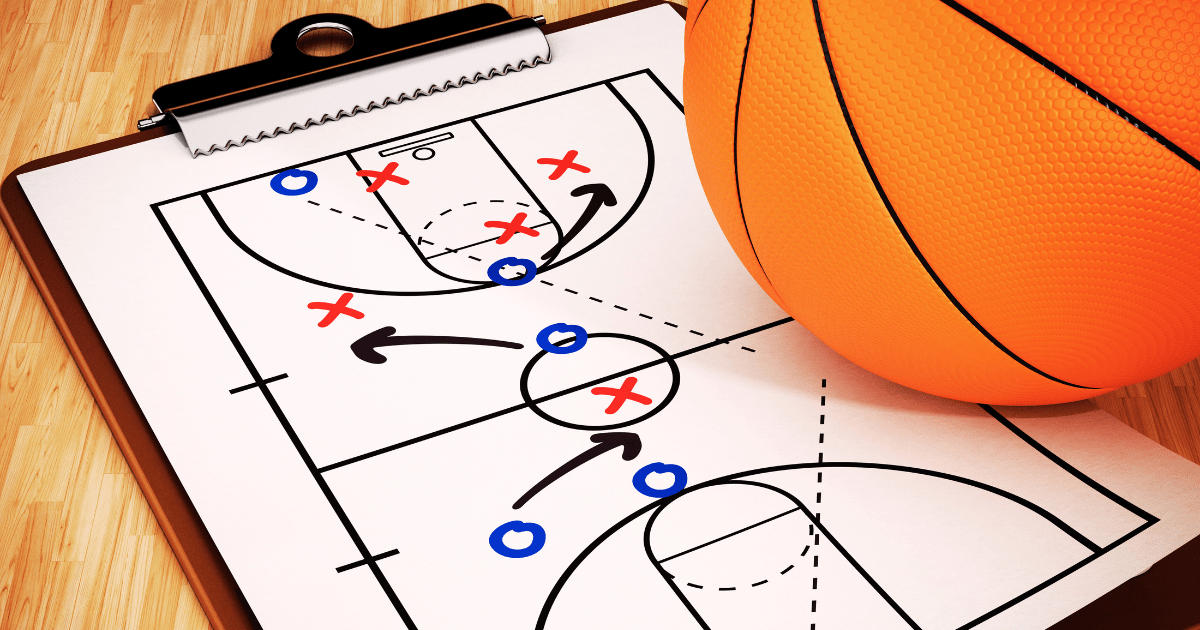Basketball, a game loved drawing:cul23ybyzfm= basketball , is not just about scoring points and making flashy moves on the court. It’s also a rich source of inspiration for artists, designers, and enthusiasts who wish to capture its essence through various forms of art. This article delves deep into the intricacies of drawing:cul23ybyzfm= basketball basketball, exploring techniques, styles, and tips to help you create stunning basketball illustrations. Whether you’re a beginner or a seasoned artist, there’s something here for everyone.
Introduction to Basketball drawing:cul23ybyzfm= basketball

Basketball drawing:cul23ybyzfm= basketball is an art form that encapsulates the dynamic movements, intensity, and spirit of the game. From the swish of the net to the sweat on a player’s brow, basketball drawings can capture the raw emotion and athleticism of the sport.
The Appeal of Basketball as a Subject
Basketball’s fast-paced action and the physical prowess of its players make it an exciting subject for artists. The sport’s visual appeal is unparalleled, with its blend of motion, strategy, and emotion. drawing:cul23ybyzfm= basketball basketball is not just about sketching players; it’s about capturing the essence of the game—the strategy, the teamwork, the struggle, and the triumph.
Historical Perspective
Basketball, invented in 1891 by Dr. James Naismith, has grown from a simple gym class activity to a global phenomenon. Over the decades, it has inspired countless artists, from sketch artists capturing game moments to digital artists creating stunning visual art pieces. This rich history adds depth and context to basketball drawing:cul23ybyzfm= basketball, making them not just artworks but pieces of history.
The Role of Basketball in Art
Basketball’s influence extends beyond the court into the realms of art, music, and culture. Many famous artists, including Norman Rockwell and Keith Haring, have depicted basketball in their works, blending sports with artistry. This fusion has helped basketball carve out a unique space in the art world, making it a vibrant and dynamic subject for artists of all kinds.
Essential Tools for drawing:cul23ybyzfm= basketball
drawing:cul23ybyzfm= basketball requires specific tools to bring out the best in your artwork. From traditional pencils to digital software, the right tools can make a significant difference in your drawings.
Traditional drawing:cul23ybyzfm= basketball Tools
Pencils and Charcoals
Traditional tools like pencils and charcoals are staples for any artist. For drawing:cul23ybyzfm= basketball a range of hardness in pencils, from 2H to 6B, is ideal for sketching different details, from fine lines to deep shadows. Charcoal, with its rich, dark tones, is perfect for capturing the intensity and motion of the game.
Paper and Sketchbooks
Choosing the right paper is crucial. Smooth paper is great for detailed work, while textured paper adds depth and dimension to your drawing:cul23ybyzfm= basketball. Many artists prefer heavyweight paper to prevent warping, especially when using wet media like ink or watercolor.
Digital Tools and Software
Tablets and Styluses
With the advent of technology, digital drawing:cul23ybyzfm= basketball has become increasingly popular. Tablets like the Wacom Cintiq or iPad Pro with the Apple Pencil offer a seamless drawing experience, allowing for precision and flexibility. These tools are especially useful for creating detailed, high-resolution basketball illustrations.
Software Programs
Software like Adobe Photoshop, Corel Painter, and Procreate are excellent for digital basketball drawing:cul23ybyzfm= basketball. These programs offer a range of brushes and effects that can mimic traditional media, allowing artists to experiment with different styles and techniques.
3. Basic Techniques for drawing:cul23ybyzfm= basketball
Mastering the basics is essential for creating compelling basketball drawings. Here’s a guide to some fundamental techniques that will help you get started.
Sketching the Fundamentals
Proportions and Anatomy
Understanding the human anatomy is crucial for drawing realistic basketball players. Start with basic shapes to outline the body, and then refine the details. Pay attention to proportions, especially the length of the limbs and the angles of the joints, to ensure your figures look natural and dynamic.
Gesture Drawing
Gesture drawing is a technique that captures the essence of movement. It’s perfect for basketball, where the focus is on action and fluidity. Use quick, loose lines to sketch the pose and movement, then refine the drawing with more details.
Adding Depth and Dimension
Shading and Highlights
drawing:cul23ybyzfm= basketball adds depth and realism to your drawings. Use different techniques like hatching, cross-hatching, and blending to create shadows and highlights. This contrast enhances the three-dimensional look of your basketball players, making them appear more lifelike.
Perspective and Foreshortening
Perspective is key to creating a sense of space and depth. Practice drawing basketball scenes from different angles, using techniques like one-point and two-point perspective. Foreshortening, the method of depicting an object or figure in drawing:cul23ybyzfm= basketball, is essential for illustrating the dynamic movements of the game.
4. Advanced Techniques for Detailed Basketball Art
Once you have mastered the basics, you can explore more advanced techniques to take your basketball drawings to the next level.
Dynamic Poses and Action Shots
Capturing Motion
Motion is the heart of basketball. Use techniques like blurring, overlapping, and dynamic lines to depict movement. Focus on the key moments of action, such as a slam dunk or a three-point shot, to convey the energy and excitement of the game.
Anatomy in Action
Understanding how the muscles and joints work during movement will help you draw more realistic action poses. Study the anatomy of athletes, paying attention to how their bodies twist, stretch, and contort during different plays.
Texturing and Detail Work
Adding Textures
Textures can bring your basketball drawings to life. Use different shading techniques to depict the roughness of the basketball, the smoothness of the court, or the texture of the players’ jerseys. Experiment with various brushes and tools, both traditional and digital, to achieve the desired effect.
Fine Details
Details can make a big difference in your artwork. Focus on elements like the sweat on a player’s face, the stitching on a basketball, or the reflections on a shiny court. These small details add realism and depth to your drawings, making them more compelling and engaging.
5. Creating Basketball Illustrations: Step-by-Step Guide
Let’s walk through a step-by-step process of creating a basketball illustration, from concept to final piece.
Conceptualization and Planning
Choosing a Scene
Start by deciding on the scene you want to depict. It could be a dramatic moment, like a game-winning shot, or a more relaxed scene, like players warming up. Sketch a few rough ideas to explore different compositions and angles.
Sketching the Layout
Once you have a concept, create a rough sketch to outline the layout. Focus on the placement of players, the ball, and other elements like the hoop and the court. Use light lines to make adjustments easily.
Developing the Drawing
Refining the Sketch
Refine your sketch by adding more details and defining the shapes and forms. Pay attention to proportions, perspective, and the dynamics of the pose. Use clean, confident lines to outline the final composition.
Adding Depth and Texture
Begin adding shading, highlights, and textures to your drawing. Use different techniques to create contrast and depth. Work on the background elements, like the crowd or the scoreboard, to complete the scene.
Final Touches and Polishing
Enhancing Details
Add the finishing touches, such as fine details, textures, and highlights. Enhance the contrast and saturation to make the drawing pop. Make sure all elements are cohesive and contribute to the overall composition.
Digital Enhancements
If you’re working digitally, use software tools to refine your drawing. Adjust the colors, add effects, and use filters to enhance the final look. Save your work in high resolution to preserve the details.
6. Inspiration and Influences in Basketball Art
Exploring the works of other artists and finding inspiration can significantly enhance your basketball drawings. Here’s a look at some influential artists and styles that have shaped basketball art.
Famous Basketball Artists
Norman Rockwell
Norman Rockwell’s illustrations often depicted everyday life with a touch of nostalgia. His work has inspired many artists to capture the essence of sportsmanship and human drama in basketball.
Keith Haring
Keith Haring’s bold lines and vibrant colors brought a unique, graffiti-inspired style to his basketball-themed works. His art continues to influence contemporary basketball illustrations with its energetic and dynamic flair.
Contemporary Influences
Digital Art and Modern Techniques
With the rise of digital art, many contemporary artists are pushing the boundaries of basketball illustration. Digital techniques, such as 3D modeling, digital painting, and augmented reality, are creating new opportunities for innovation in basketball art.
Social Media and Online Communities
Platforms like Instagram, Pinterest, and DeviantArt have become hubs for basketball artists to showcase their work. These communities offer a wealth of inspiration, feedback, and collaboration opportunities, helping artists grow and evolve their skills.
Showcasing Your Basketball Art
Creating great basketball art is just the beginning. Here’s how you can showcase your work and connect with a broader audience.
Building a Portfolio
Selecting Your Best Work
Choose your best basketball illustrations to feature in your portfolio. Focus on quality over quantity, showcasing your skills, style, and unique perspective. A well-curated portfolio can attract potential clients, galleries, or online followers.
Online Presence
Create a website or a blog to display your artwork. Use platforms like Behance, ArtStation, or your personal blog to share your drawings. Regularly update your portfolio with new work to keep your audience engaged.
Exhibitions and Competitions
Participating in Art Shows
Look for local or online art exhibitions that focus on sports or contemporary art. Participating in these shows can give you exposure and help you connect with fellow artists and art enthusiasts.




